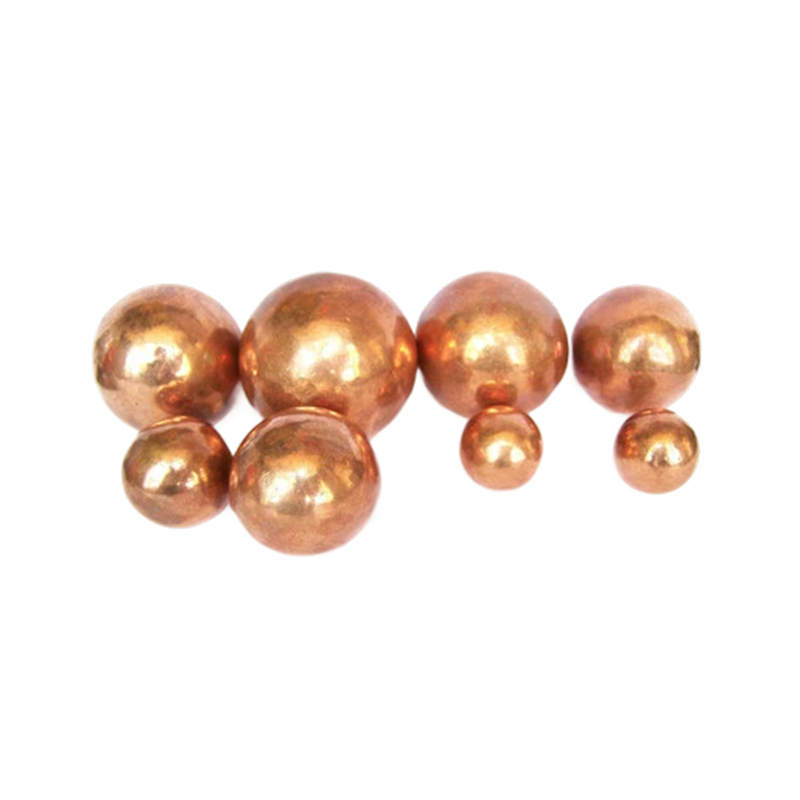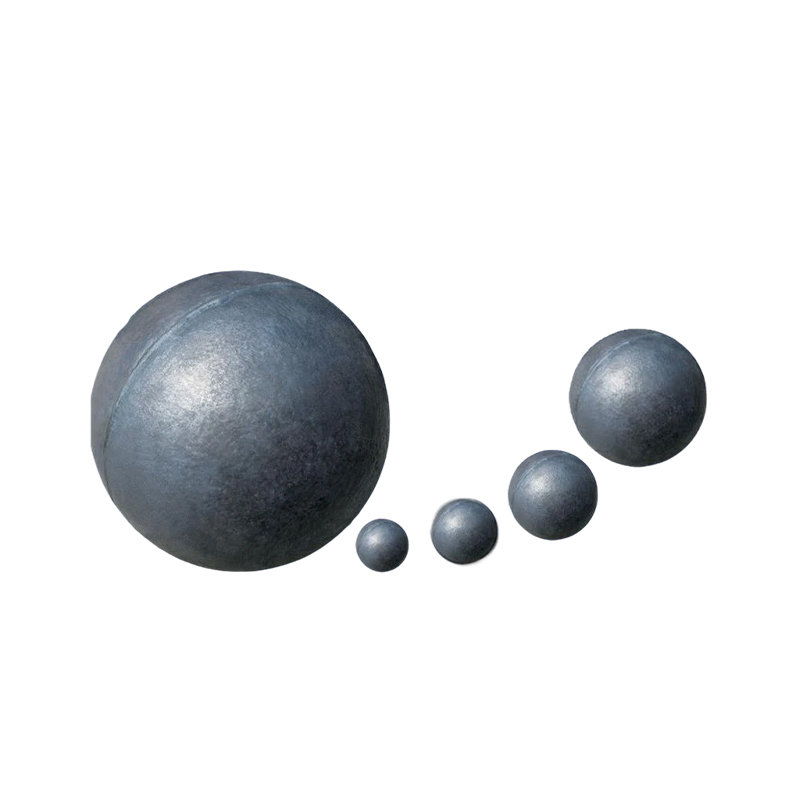Controlling shrinkage defects in copper ball casting requires collaborative optimization across the entire process, including design, technology, materials, molds, and post-processing.
- +86-13562036196
- 1137603224@qq.com
- Lianzhaizhong Village, Ganguantun Town, Guan County, Liaocheng City, Shandong Province







